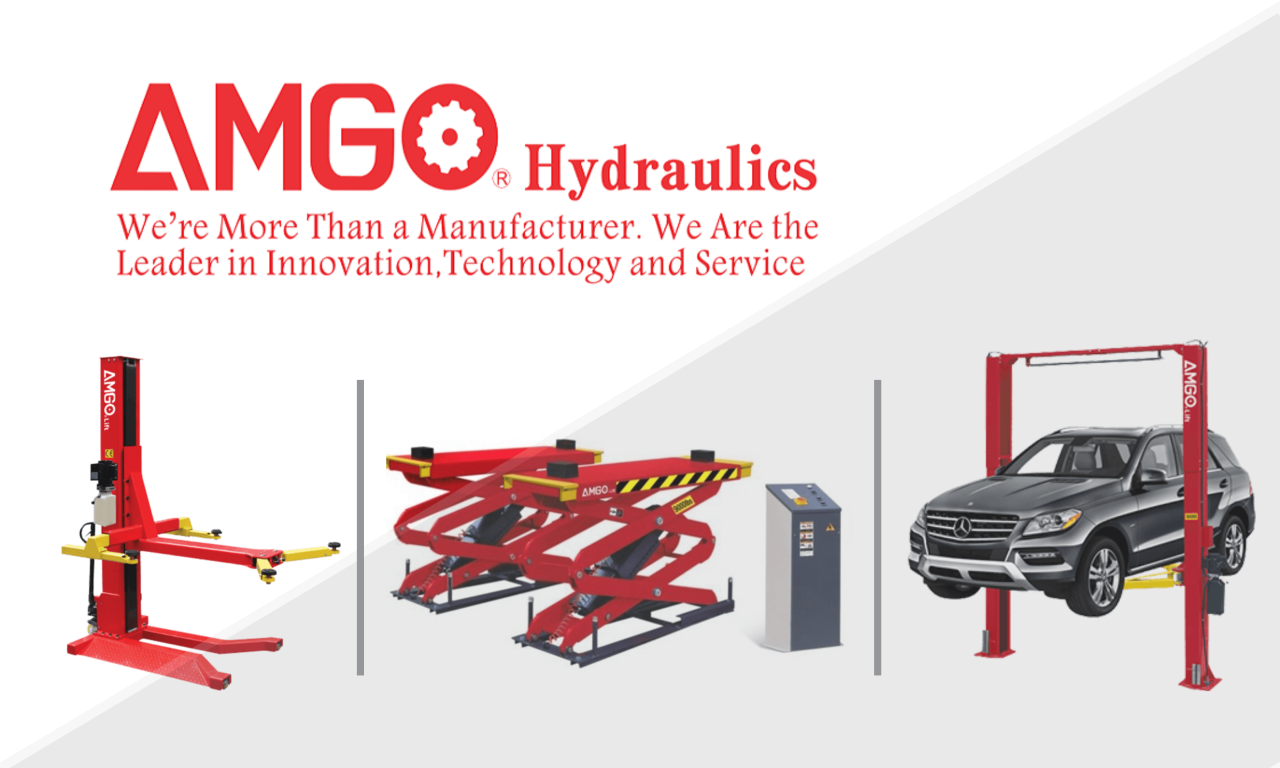Air Systems Technologies: From Fundamentals to Innovations
Air systems technologies play a vital role in shaping our modern world, from the air we breathe to the products we use. This field encompasses a diverse range of technologies, […]
Air systems technologies play a vital role in shaping our modern world, from the air we breathe to the products we use. This field encompasses a diverse range of technologies, from air filtration and purification systems to advanced air conditioning and ventilation solutions. These technologies are constantly evolving, driven by the need for cleaner air, improved energy efficiency, and enhanced comfort in various settings.
This exploration delves into the fundamental principles, historical evolution, and diverse applications of air systems technologies. We will examine the intricacies of air filtration, purification, and conditioning, along with the crucial role of air compression and vacuum systems in various industries. The impact of emerging technologies, such as smart air filters and nanotechnology-based purification systems, will be discussed, highlighting their potential to revolutionize air quality management and enhance human well-being.
Air Systems Technologies Overview
Air systems technologies are essential in various industries, playing a crucial role in everything from manufacturing and construction to healthcare and transportation. These systems are designed to manipulate and control air, leveraging its properties to achieve specific outcomes.
Fundamental Principles
Air systems technologies are built upon fundamental principles of physics, particularly fluid dynamics and thermodynamics. These principles govern the behavior of air, including its pressure, flow, temperature, and density. Understanding these principles is essential for designing, operating, and troubleshooting air systems.
Historical Evolution
Air systems technologies have evolved significantly over time, driven by advancements in engineering and materials science.
Key Milestones and Innovations
- Early Developments: The development of the first air pumps in the 17th century marked the beginning of air systems technology. These pumps were used to create vacuums and compress air, laying the foundation for future innovations.
- Industrial Revolution: The Industrial Revolution saw the development of more sophisticated air systems, including pneumatic tools and air compressors. These innovations significantly improved efficiency and productivity in manufacturing and construction.
- 20th Century Advancements: The 20th century witnessed major advancements in air systems technologies, including the development of air conditioning, refrigeration, and air filtration systems. These technologies revolutionized comfort, health, and safety in various industries.
- Modern Innovations: Recent years have seen further innovations in air systems technologies, including the development of energy-efficient systems, smart controls, and advanced air filtration systems. These innovations are addressing concerns about sustainability, efficiency, and health.
Types of Air Systems Technologies
Air systems technologies encompass a wide range of systems designed for various applications.
Examples and Applications
- Compressed Air Systems: Compressed air systems are widely used in manufacturing, construction, and mining. They power pneumatic tools, operate machinery, and provide air for various processes.
- HVAC Systems: HVAC (Heating, Ventilation, and Air Conditioning) systems are essential for maintaining comfortable indoor environments. They regulate temperature, humidity, and air quality in buildings, homes, and vehicles.
- Air Filtration Systems: Air filtration systems remove contaminants from the air, improving air quality and protecting human health. They are used in hospitals, factories, and homes to remove dust, allergens, and pollutants.
- Pneumatic Conveying Systems: Pneumatic conveying systems transport materials, such as powders and granules, using compressed air. They are used in various industries, including food processing, pharmaceuticals, and chemicals.
- Vacuum Systems: Vacuum systems create a partial vacuum, removing air or other gases from a specific area. They are used in various applications, including packaging, material handling, and industrial cleaning.
Air Compression and Vacuum Systems
Air compression and vacuum generation are fundamental processes in various industries, playing crucial roles in manufacturing, construction, and healthcare. These systems utilize the principles of thermodynamics and fluid mechanics to manipulate the pressure and volume of air, creating either compressed air or a vacuum.
Types of Compressors
Compressors are devices that increase the pressure of air, reducing its volume. Different types of compressors are used based on the application and required pressure.
- Reciprocating Compressors: These compressors use a piston to compress air in a cylinder. They are suitable for high-pressure applications and are commonly found in construction and manufacturing.
- Rotary Screw Compressors: These compressors utilize two intermeshing screws to compress air. They are known for their high efficiency and are widely used in industrial applications.
- Centrifugal Compressors: These compressors use centrifugal force to compress air. They are capable of handling large volumes of air at moderate pressures and are often used in power plants and large industrial facilities.
Types of Vacuum Pumps
Vacuum pumps are devices that create a vacuum by removing air from a sealed container. They are essential for various applications, including medical equipment, semiconductor manufacturing, and food processing.
- Rotary Vane Pumps: These pumps use rotating vanes to trap and remove air from a chamber. They are suitable for general-purpose vacuum applications and are commonly found in laboratories and research facilities.
- Diaphragm Pumps: These pumps utilize a flexible diaphragm to create a vacuum. They are compact and portable, making them suitable for smaller applications.
- Scroll Pumps: These pumps use two intermeshing scrolls to compress and remove air. They are known for their quiet operation and high efficiency.
Applications of Compressed Air and Vacuum Systems
Compressed air and vacuum systems have numerous applications across various industries.
- Manufacturing: Compressed air is used for powering pneumatic tools, operating machinery, and cleaning parts. Vacuum systems are used for material handling, dust collection, and packaging.
- Construction: Compressed air is used for operating jackhammers, drilling equipment, and air-powered tools. Vacuum systems are used for removing debris and dust from construction sites.
- Healthcare: Vacuum systems are used in medical equipment such as suction pumps for removing fluids from patients and in dental equipment for suctioning saliva.
Safety Considerations
Compressed air and vacuum systems pose safety risks if not handled properly.
- High Pressure: Compressed air systems operate at high pressures, which can cause serious injuries if not handled carefully. Safety valves and pressure relief devices should be installed to prevent over-pressurization.
- Vacuum Hazards: Vacuum systems can create a negative pressure that can cause implosion or collapse if not properly designed and maintained. Vacuum lines should be inspected regularly for leaks and wear.
- Air Contamination: Compressed air systems can introduce contaminants into the air, which can affect product quality or cause health problems. Filters and dryers should be installed to remove contaminants.
Case Studies of Air Systems Technologies

Air systems technologies are not merely theoretical concepts; they are actively shaping our world, contributing to cleaner environments, improved comfort, and optimized industrial processes. This section delves into real-world examples, exploring the challenges and successes encountered in implementing these technologies, and highlighting their economic and environmental impact across various sectors.
Air Quality Improvement in Urban Environments
The use of air systems technologies is crucial in addressing the growing concern of air pollution in urban areas. One notable example is the implementation of vacuum systems in underground metro stations. These systems effectively remove dust, pollutants, and harmful gases, significantly improving air quality for commuters and workers.
- Challenges: Implementing such systems in existing infrastructure can be complex, requiring careful planning and coordination to minimize disruption to operations.
- Successes: In cities like London and New York, vacuum systems have been successfully integrated into metro systems, resulting in a noticeable improvement in air quality and a reduction in respiratory problems among commuters.
- Economic and Environmental Impact: The economic benefits include reduced healthcare costs associated with respiratory illnesses, while the environmental impact is evident in cleaner air and a healthier urban environment.
Enhancing Comfort in Residential and Commercial Buildings
Air systems technologies are increasingly used to enhance comfort and energy efficiency in buildings. HVAC (Heating, Ventilation, and Air Conditioning) systems utilize air compression and vacuum technologies to regulate temperature, humidity, and air quality.
- Challenges: Designing and installing efficient HVAC systems can be challenging, requiring careful consideration of factors like building design, climate conditions, and energy consumption.
- Successes: Advanced HVAC systems equipped with air filters and ventilation systems have been successfully implemented in both residential and commercial buildings, leading to improved indoor air quality, reduced energy consumption, and enhanced occupant comfort.
- Economic and Environmental Impact: The economic benefits include lower energy bills and increased property value, while the environmental impact is seen in reduced greenhouse gas emissions and a smaller carbon footprint.
Optimizing Industrial Processes
Air systems technologies play a vital role in optimizing industrial processes, enhancing productivity and efficiency. Compressed air systems are extensively used in manufacturing, automotive, and food processing industries for tasks like powering tools, operating machinery, and controlling processes.
- Challenges: Maintaining compressed air systems can be complex, requiring regular maintenance and troubleshooting to ensure optimal performance and minimize energy losses.
- Successes: Implementing energy-efficient compressed air systems and air leak detection strategies has resulted in significant energy savings and improved operational efficiency in various industries.
- Economic and Environmental Impact: The economic benefits include reduced energy costs and increased production output, while the environmental impact is seen in reduced greenhouse gas emissions and a lower carbon footprint.
Outcome Summary
As we conclude our journey through the world of air systems technologies, it is clear that these innovations are crucial for creating healthier, more sustainable, and productive environments. From improving indoor air quality to optimizing industrial processes, air systems technologies continue to evolve, offering solutions to address the challenges of our time. By understanding the principles, applications, and emerging trends in this field, we can harness the power of air systems technologies to create a better future for all.
Air systems technologies are constantly evolving, seeking to improve efficiency and minimize environmental impact. One innovative example is the Definitive Technology UIW RLS III , a high-performance in-wall speaker system designed for seamless integration into any home theater setup.
This kind of integration showcases how air systems technologies are not just about function, but also about enhancing the overall user experience.




